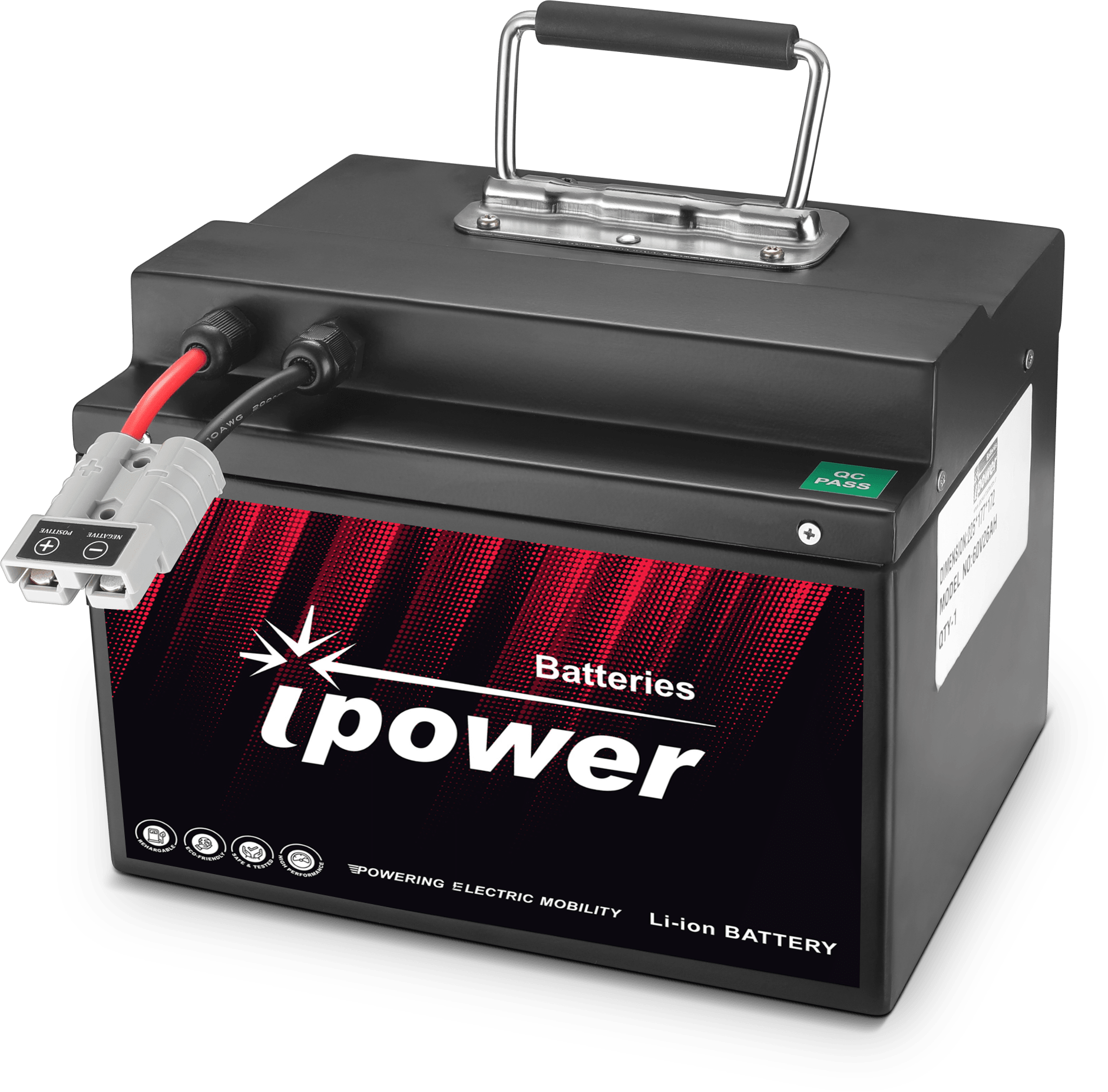The Ministry of Road Transport and Highway established an Expert Committee with members from the DRDO, IITs, IISc, and ARCI to recommend additional safety requirements in the existing battery safety standards notified under CMV Rules in the wake of numerous fire incidents involving electric two-wheelers in various parts of the nation.
On August 29, 2022, the Ministry published Amendment 2 to AIS 156, Specific Requirements for Motor Vehicles of the L Category. This was done in response to the expert committee report’s recommendations.
Amendment 2 to AIS 038 Rev. 2 – Specific Requirements for Electric Power Trains of Motor Vehicles of the M Category and N Category is also included, along with electric power trains.
Additional safety requirements for battery cells, BMS, onboard chargers, battery pack design, thermal propagation due to internal cell short circuits causing fire, etc. are included in these amendments.
With effect from 1st October 2022, the current battery safety standards recommend additional safety requirements.
Let’s talk about the most recent notification that will force modified AIS156 and AIS038 Rev.2 standards for the relevant categories of electric vehicles starting on October 1st, 2022.
The requirement strengthened safety in three key areas of the battery pack that are cell, BMS, and pack design. It also addresses the onboard/offboard charger, which was broadly covered by the AIS 156 and AIS 038 Rev.2 standards.
- Cell Level
- BMS (Battery Management system)
- Pack Level
- Charger
Cell Level:
- The manufacture date should be written in DDMMYY format on every cell. There are no acceptable codes.
- Based on their form factors, there should be enough room or distance between each cell.
- Cells from a NABL-accredited lab are in compliance with AIS 16893 Parts 2 and 3.
- A minimum of 5 charge and discharge cycles should be recorded for each cell.
- Cells need to be safeguarded in case of regeneration stops.
BMS (Battery Management system) Level:
- Microprocessor/Microcontroller circuits should be used to create BMS.
- All necessary safeguards against overcurrent, over-discharge, overvoltage, short circuit, and overtemperature must be present in a BMS.
- According to AIS 004 Part 3 or AIS 004 Part 3 Rev 1, as appropriate, BMS must pass the EMC testing.
- According to IS 17387, BMS should have a data logging feature.
- BMS ought to be able to read and write RF.
Pack Level:
- The pack needs to comply with IPx7.
- The Pressure Relief Valve (PRV) or a pressure vent should be incorporated into the pack’s design.
- Additionally, traceability documents are needed at the pack, cell, BMS, and charger levels.
- Test for thermal propagation.
- If a thermal event occurs, the system should have an audio-visual warning.
- The Pack must have four temperature sensors at the very least.
- FUSE or a circuit breaker should be used in the pack’s electrical architecture.
- There should be a paralleling circuit active in the pack.
Charger Level:
- A charge voltage cut-off for the charger is required for REESS.
- There must be a time-based charge cut-off feature on the charger.
- To begin charging, the charger needs to have a soft-start feature.
- To identify the over-discharge condition of the battery, the charger must have a pre-charge function.
- The charger must have a way to detect earth leaks.
- The battery must be able to communicate with the onboard or portable charger (BMS).
Automotive Research Association of India (ARAI) Ministry of Road Transport & Highways – India
Major Challenges:
- Time to upgrade the system based on the above changes.
- RFID tag implementation within the specified timeline.
- Rugged Testing of the required BMS features.
- Cyclic test on Cells





